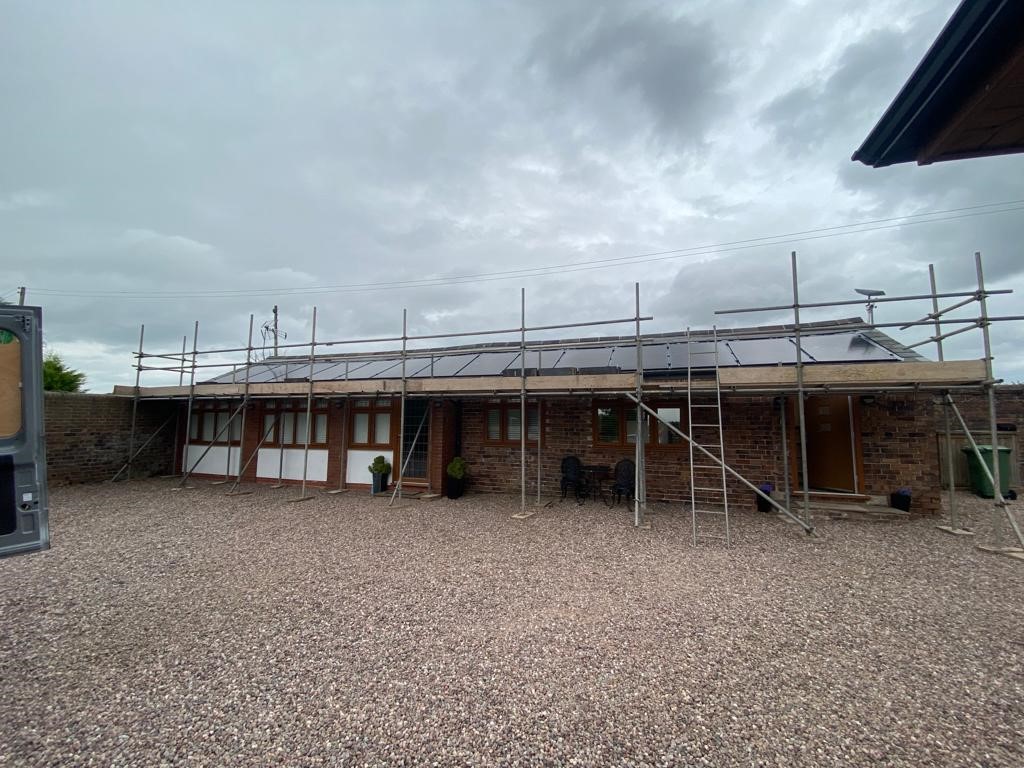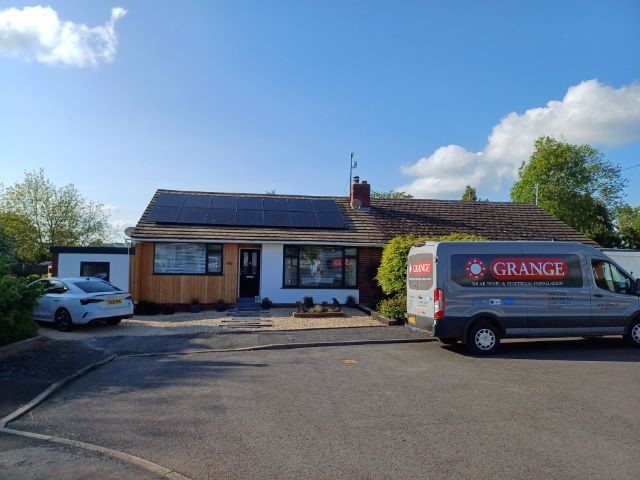The process of installing a solar panel system typically involves several steps. First, a site assessment is performed to determine the suitability of the location for a solar installation. This assessment typically includes an evaluation of the amount of sunlight that the location receives, the orientation of the roof or ground where the panels will be installed, and any potential obstacles or shading issues that may affect the performance of the panels.
Once the site has been assessed and approved for a solar installation, the next step is to design the system. This involves selecting the appropriate solar panels, inverters, and other equipment, and determining the best way to arrange the panels to maximize their output. The design will also take into account any local building codes or regulations that must be followed.

After the system has been designed, the next step is to obtain any necessary permits and approvals. This may include obtaining a building permit from the local authorities, as well as approval from the utility company if the solar system will be connected to the grid.
Once all of the necessary permits and approvals have been obtained, the actual installation of the solar panels can begin. This typically involves mounting the panels on the roof or ground, running electrical wiring to connect the panels to the inverter, and installing any other necessary equipment. The installation process may also include testing the system to ensure that it is operating properly and generating electricity as expected.

Once the installation is complete, the system may need to be inspected by the local authorities to ensure that it meets all relevant codes and regulations. After the inspection is complete, the solar system will be ready to start generating electricity and providing clean, renewable energy for your home or business.

